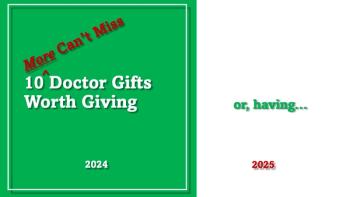
Bundled Payments and the Road Ahead
In the move towards value-based care, CMS has been trying out various payment models, one of which is bundled payments. This article explores the background and forms of the idea.
In the move towards
This proposed rule will be part of the Comprehensive Care for Joint Replacement (
So What Are Bundled Payments?
A bundled payment is viewed as a single payment that will comprehensively cover the cost of care delivered by two or more providers during one episode of care and/or some specified period of time. The payments received within this framework will fall under what is known as a type of
In effect, if you are providing care under this agreement you will be “at-risk” for the cost of services incurred because if the cost of care goes above what is provided by the bundle, then you are at risk of picking up the tab for the difference.
However, if the ultimate cost of care remains under the agreed amount, then you and the other providers involved in that episode of care will be compensated for the cost savings that resulted from care
This payment may occur in different ways dependent on a given practice setting. For example, the payment may be provided to an Accountable Care Organization (
It is also possible for this payment to come directly from a payer that has contracted with a set of providers independently. The payer then pays the providers separately but within their negotiated prices so that the total cost does not exceed the bundle. You may see or hear this form of bundling
Thus far, most of these payments have been done retrospectively. First the service is provided and then payment is received, much like our current fee-for-service model. Although this will aid in predicting cost in a more consistent manner. It still is subject to some of the criticisms found in traditional fee-for-service payment model. One of these criticisms being that it may still harbor incentives for providers to do more based predominantly on monetary drivers.
CMS has been testing the use of these models via its Bundled Payments for Care Improvement Initiative. This initiative is comprised of four models around episodes of care.
The models incorporate both financial and performance measures in hopes of coordinated and quality care.
Model 1: Addresses inpatient stays in acute care settings and provides prospective payments using the
Model 2: Acute care hospital inpatient stays plus post-acute care and any services incurred up to 90 days after discharge. This is done as a retrospective bundled payment arrangement and later reconciled with the target price for the bundle.
Model 3: Initiated at the start of post-acute care services in either a skilled nursing facility (
Model 4: A single prospective payment is made to an organization encompassing all services during the entire inpatient stay for that episode of care.
Proposed value in Bundling:
- Combined efficiency from focusing on better management of chronic disease driving cost and utilization
- Incentives for providers and organizations
- Saving outcomes will have to be analyzed based on payment design and specific services bundled resulting in better understanding of overall cost
Prior experiences with bundling:
- The Texas Heart Institute in 1984 charged flat fees for both hospital and physician services for cardiovascular surgeries.
- The Heart Bypass Demonstration, which spanned 1991-96
- The Acute Care Episode (ACE) Demonstration, which began in 2005 and focused on cardiovascular and orthopedic procedures
Sources:
Newsletter
Stay informed and empowered with Medical Economics enewsletter, delivering expert insights, financial strategies, practice management tips and technology trends — tailored for today’s physicians.














